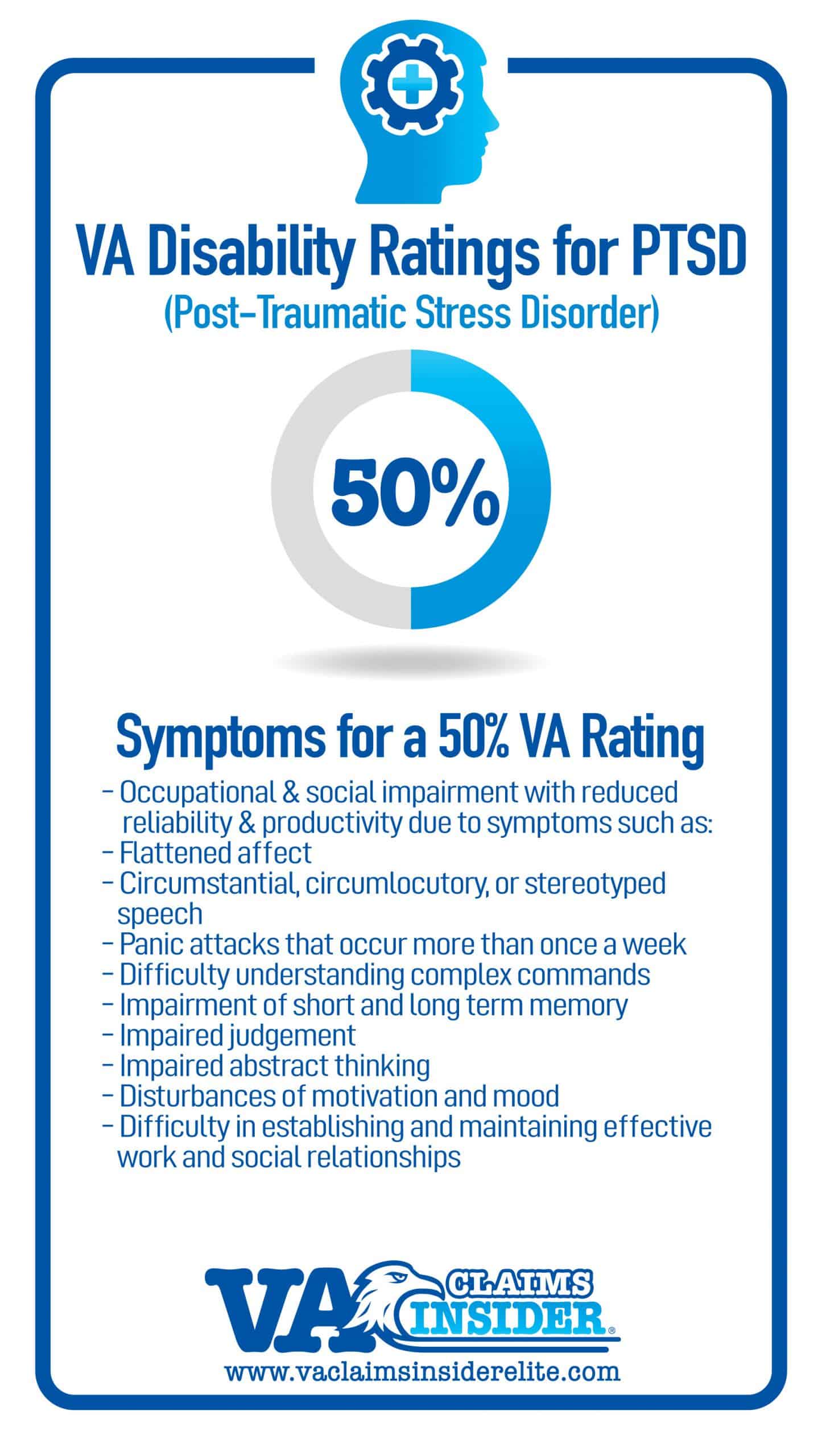

“I explained to the provider what a burn pit is, what the health effects are - essentially gave her my spiel that I’ve given to legislative staff who are new to the issue,” said Rouse, 47. She encountered a similar issue at a VA in Brooklyn, N.Y., when her primary care doctor also had little information on burn pits. However, an emergency room doctor at a VA in the Bronx, N.Y., in 2015 told her that he had never heard of burn pits when she arrived at the hospital struggling to breathe. Kristen Rouse who is an Afghanistan War veteran and president and founding director of the NYC Veterans Alliance, an advocacy group, said she served multiple deployments during which she was exposed to toxic fumes from burning garbage. “We have the evidence over and over and I feel we’re beating a dead horse … we’re continuing down this rat hole when we should already be in the situation of taking care of veterans. Mike Bost of Illinois, the ranking Republican on the House VA subpanel. Why is it so difficult for us to get the VA to understand,” said Rep. “The scientific evidence everywhere is clear, these cause health hazards. Veteran advocates, some lawmakers, and former VA secretary David Shulkin have urged the VA to make it easier for veterans by giving presumptive care, meaning if a veteran operated around a burn pit and later contracts an illness related to toxic exposure such as cancer, chronic bronchitis or chronic obstructive pulmonary disease, they would get disability benefits and care. troops’ exposure to burn pits in combat zones is linked to respiratory issues and stated there need to be further studies. Patricia Hastings, deputy chief consultant of post-deployment health services for the VA, said veterans won’t have to “wait 40 years” for action like the battle for benefits that Vietnam War veterans fought for disability related to exposure to Agent Orange.Ī new report sponsored by the VA published earlier this month by the National Academic of Sciences, Engineering, and Medicine found there is insufficient evidence to determine whether U.S. It is also unclear how much further research the VA needs to make a concrete policy on burn-pit care and compensation. More than 200 burn pits have been used around the world for decades, and it is unlikely that all burn pits on small outposts in places such as Afghanistan or makeshift burn pits are cataloged. However, it is unclear how DoD decides that. Officials have said the VA confirms disability claims with the Defense Department on whether they served near burning garbage. “Some of the challenges are finding the link between that in-service event and their current condition because there are all types of intervening issues or exposures that may have happened as well.” “They come with a respiratory condition today, but they served 10 years ago,” Carson said. “We’re still in the process of study,” Carson told lawmakers.Ĭarson said one of the prime reasons veterans are being rejected for disability related to toxic exposure is the time between their service and when they try to make a claim. The agency also has said if burn-pit care were expanded, the volume of patients would create enormous costs. However, the VA has contended there is not sufficient evidence to support those claims. Veterans contracting cancers, respiratory issues and lung diseases at young ages largely have blamed exposure to toxic fumes for the illnesses. Through the 1990s and the post-9/11 wars, the military used open-air pits in order to burn garbage, jet fuel, paint, medical waste, plastics - and in the cases of some small combat outposts, human waste. I can’t tell these people to sit down to wait another 10 years because quite frankly, some of them might not have another 10 years.”

What we do know is that it’s making people very sick.

“We may not have all the answers on burn-pit exposure, if ever. “We are now seeing young veterans in their 20s or 30s suddenly debilitated by cancers they would not reasonably contract unless they were heavy smokers or deep into old age,” Luria said. Elaine Luria, D-Va., chairwoman of the House Committee on Veterans’ Affairs subpanel on disability assistance and memorial affairs, said Wednesday during a hearing on the matter. “Many people are saying this is the Agent Orange of the post-9/11 generation,” Rep.


 0 kommentar(er)
0 kommentar(er)
